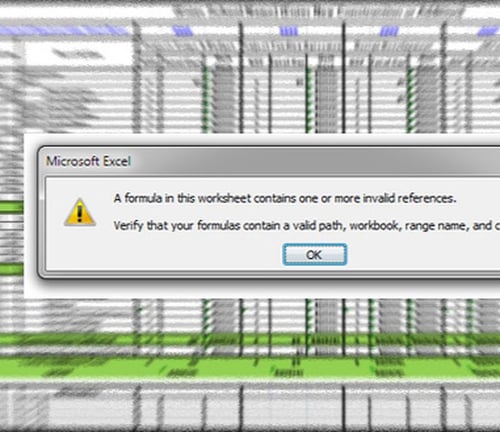5 Reasons Why You Need to Stop Using Excel for Estimating
- Are you one of the 50% of general contractors using ineffective workflows and processes to complete your deliverables?
- Are you having to piece estimates together from a system that resembles Frankenstein’s monster?
- Do you wish you had the time to spend adding value to projects?
If you answered yes to any of the questions above, it’s time to switch from Excel for estimating to a platform made by preconstruction people designed specifically for preconstruction.
Thirty percent of general contractors in the United States rely solely on Excel for creating construction estimates. An additional 17 percent use a software like WinEst or Sage Timberline in combination with Excel. The remaining 53 percent of general contractors use several estimating programs to get the job done without explicitly saying which software they use.
Using Excel for estimating limits your abilities to easily manipulate and benchmark your data. Exporting data into Excel, manipulating it, and then importing it back into your estimates causes big problems.
If you’ve spent more than five minutes trying to search for a broken formula or a specific line item, then you know this “workaround” isn’t actually working and it’s time to stop using Excel for estimating.
Excel is simple, formulas are customizable, and charts and graphs are a simple click away. However, when getting into the nuances of complex construction projects, Excel is less than ideal.
Here are five good reasons why you need to stop using Excel for construction estimating:
- One wrong written formula
- A misplaced decimal point
- The lack of statistical functions
- Missing data
- Hidden values

All these problems can cause construction companies and general contractors to lose a project. Or maybe even worse, win a project and then bust the budget and be forced to have an extremely difficult conversation with company leadership and project owners—your reputation possibly damaged.
One preconstruction executive from The Beck Group told us he had previously used MC2, where he and his team still had to create estimates long-hand and compare them with the estimates they were creating in MC2—totally negating the entire purpose of investing in construction estimating software! They called it “duplicating estimates.” We call it “duplicating work.” Can you imagine the amount of time this took? 
The more companies we talk to, the more we hear that preconstruction estimators spend time exporting data into Excel to present the data in a way that project owners want to see. Which isn’t easy. Neither is using Excel for data analysis.
When Beck Technology introduced the fully integrated DESTINI Estimator construction estimating software, some forward-thinking companies jumped on board to remove many of Excel’s pitfalls. Being able to house cost history in one centralized database, perform takeoff, and utilize unlimited sorting and create comparison reports all in one platform makes estimating easier, more efficient, and more accurate.
When you stop using Excel for construction estimating, there are a lot of other things you can stop, too:
- Losing data in the import/export process
- Wasting time spend on manipulating data
- Lack of data connection
- Losing historical changes made in estimates
- Uncertainty of using the most current estimate
- Delaying the process when updating data during time-sensitive situations
The next step is to switch from Excel to software developed by those in the construction industry specifically for preconstruction estimating. When the entire preconstruction process can be completed in one platform, you eliminate the frustrations of data manipulation and you’ll be able to make much better project decisions. Spending less time on “workarounds” means you get to spend more time on high-value activities like data analysis and have more opportunities to pursue additional projects.
It’s a win-win for you and your company.

-1.png?width=112&height=112&name=image%20(4)-1.png)















